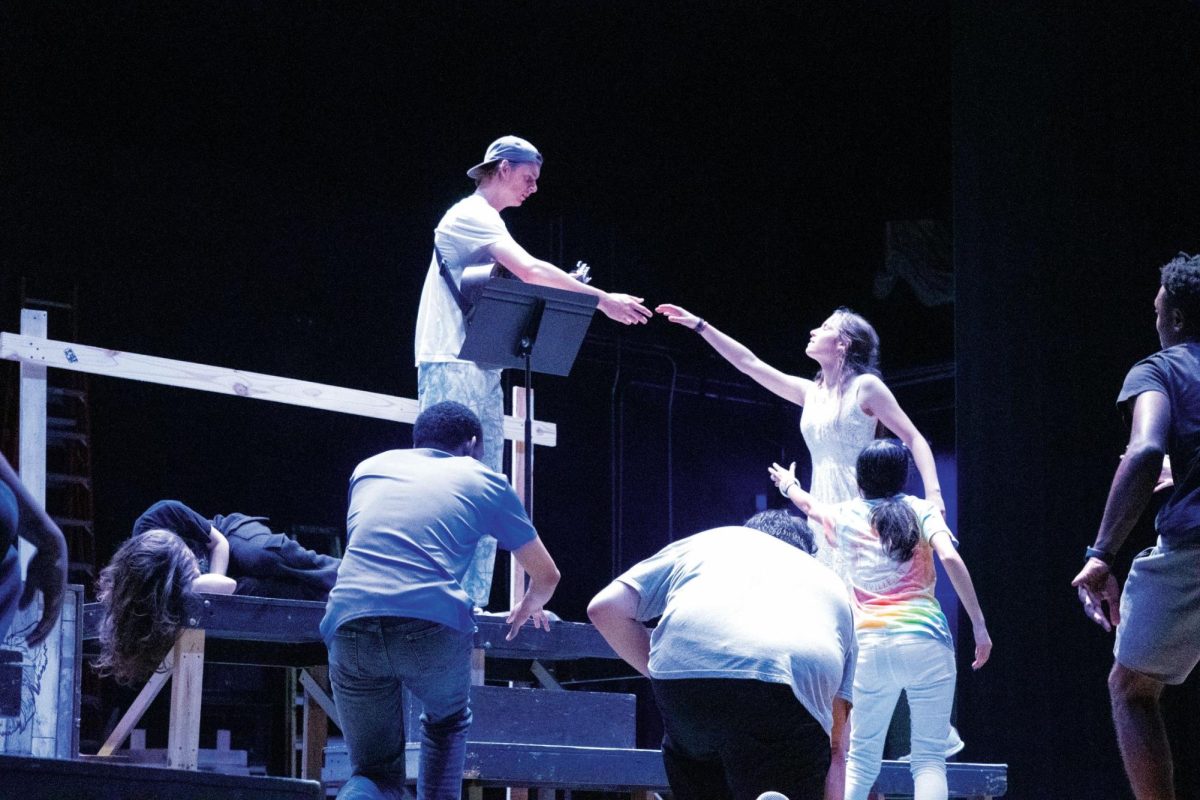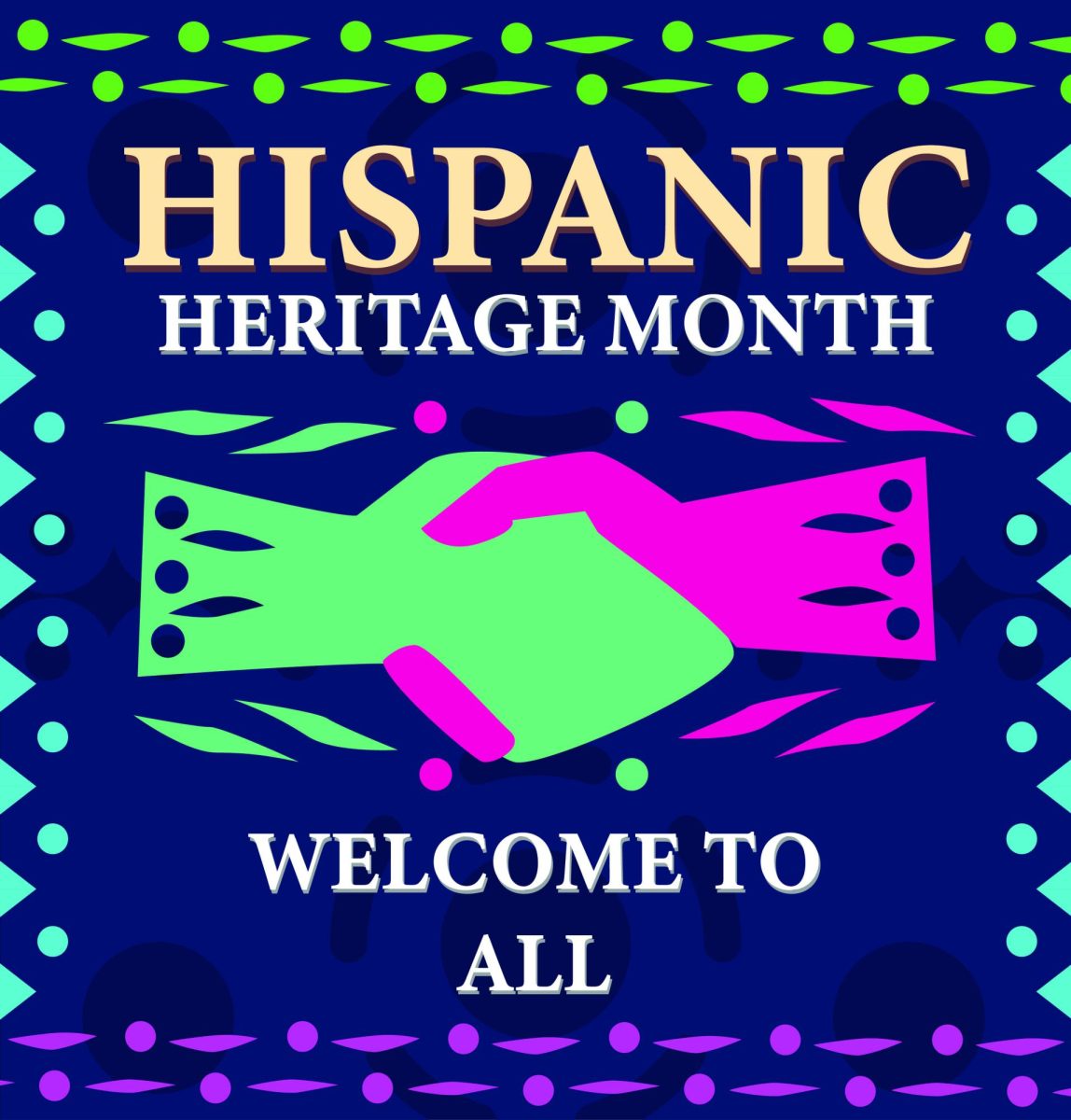With the holiday season rapidly approaching, people may be focused on their Thanksgiving plans. Whether you’re thinking of the turkey dinner, setting up the Christmas tree or playing football in the backyard with family, don’t forget the American holiday, Black Friday.
Growing up, I fondly remember leafing through the sales ads from the newspaper while watching the Macy’s Thanksgiving Day parade with the warm scents of roasted turkey and hot apple pie wafting through the house. But where did this American tradition start, and what does it look like now?

Black Friday, the day after Thanksgiving, has for decades been looked at as the start of the holiday shopping season, marked by significant sales and discounts at stores across the nation. But where did this term “Black Friday” come from?
It turns out that it started in the 1950s and 1960s. During this time, factory managers used the term to describe their staffing issues because so many of their workers would call in “sick” the day after Thanksgiving to extend their holiday weekends.
Finally, the term was used by Philadelphia police who were forced to work 12-hour shifts while visitors flocked to the city to start their holiday shopping and others headed to the Army-Navy football game the same day. The crowds overwhelmed the city causing gridlock in the streets, flared tempers in the stores and long hours for those who had to work. This chaotic convergence was coined “Black Friday,” and the term stuck among shoppers, eventually spreading across the country.
By the 1980s, the tradition of people getting up at three a.m. to go shopping, barely resting after the dishes were done the night before, was well entrenched in our society. With the rise of technology and the deep discounts offered one day a year, the day after Thanksgiving also became a day when stores could count on their profits being “in the black,” a term used by businesses to refer to profits rather than being “in the red,” or experiencing financial losses.
Black Friday has continued to shift throughout the years and, by the 2000s, many of the deals that used to require shoppers to wake up in the middle of the night and drive to town started being offered on-line as well.
This shift brought with it yet another shopping holiday known as “Cyber Monday,” when discounts were offered exclusively to on-line shoppers.
How have the holidays continued to evolve in the last 20 years? Both Black Friday and Cyber Monday are still the two largest shopping days of the year in the United States, but the four a.m. frenzy has certainly died down. Gone are the days of middle aged women fighting in a toy store over Tickle-Me-Elmo or Cabbage Patch Dolls, or men camping outside of Best Buy overnight in the cold to get a deeply discounted TV. Discounts seen the last several years also aren’t as steep as they were when the economy was booming 10 years ago.
Black Friday deals have been starting earlier and earlier each year as well, with many sales starting as early as two weeks before Thanksgiving. There is also little difference between Black Friday deals and Cyber Monday sales these days, with similar price cuts offered for both events.
The most popular retailers who offer deep discounts around Thanksgiving are Walmart, Target, Best Buy, Amazon, Home Depot and Lowes, as well as most of the major big box stores. Discounted items range from electronics to toys to home goods to clothes and even poinsettias at the garden shops.
The best way to prepare for Black Friday is to Google the item you’re interested in and take a few minutes to shop around. If you don’t know what you want, but just want to see what sort of deals are available, many stores have started releasing this information on-line, although some deals may not be announced until closer to Thanksgiving. The hottest ticket items are usually TVs, iPads, appliances, headphones/earbuds and popular toys. If you have your heart set on one of those items, start your shopping ready to purchase quickly if you find a deal you like.
How can you be a savvy Black Friday shopper? As an experienced Black Friday shopper who has done the middle of the night shopping lines, the crazy trigger finger Cyber Monday frenzy and everything in between, I’m here to tell you from my experience that if you see a good deal and you’re happy with the price, go ahead and buy it.
Last year, I waited on several items that were on my shopping list to see if the price dropped on Cyber Monday. It did, though not by much, but so did my chances of actually buying it when everything sold out before I could check out. Instead, I found myself paying more when the item finally restocked after the sales were over. Don’t be afraid to check out what people are saying on-line about sales, too. Many reviewer websites will tell you if they expect a price to drop further during the holiday season.
Many stores like Walmart still offer the traditional Black Friday experience, with different deals being offered in stores only and only at specific times. However, most stores offer their best deals throughout the week leading up to Thanksgiving and you can shop on your phone in your PJs. Nothing beats the experience of shopping in the wee hours of the morning, listening to Christmas music and enjoying the twinkling lights as you shop your way across town.
If you plan to go out in person, be sure to bring your patience. Traffic will be terrible, lines will be long and you may strike out, but that doesn’t mean you can’t enjoy the experience. If you’re just in it for the deals, consider shopping on-line while you enjoy another slice of pie.
However you choose to do your holiday shopping this year, try not to let stress overtake the experience for you. After all, the holidays are meant to be a time of joy, love and peace.







